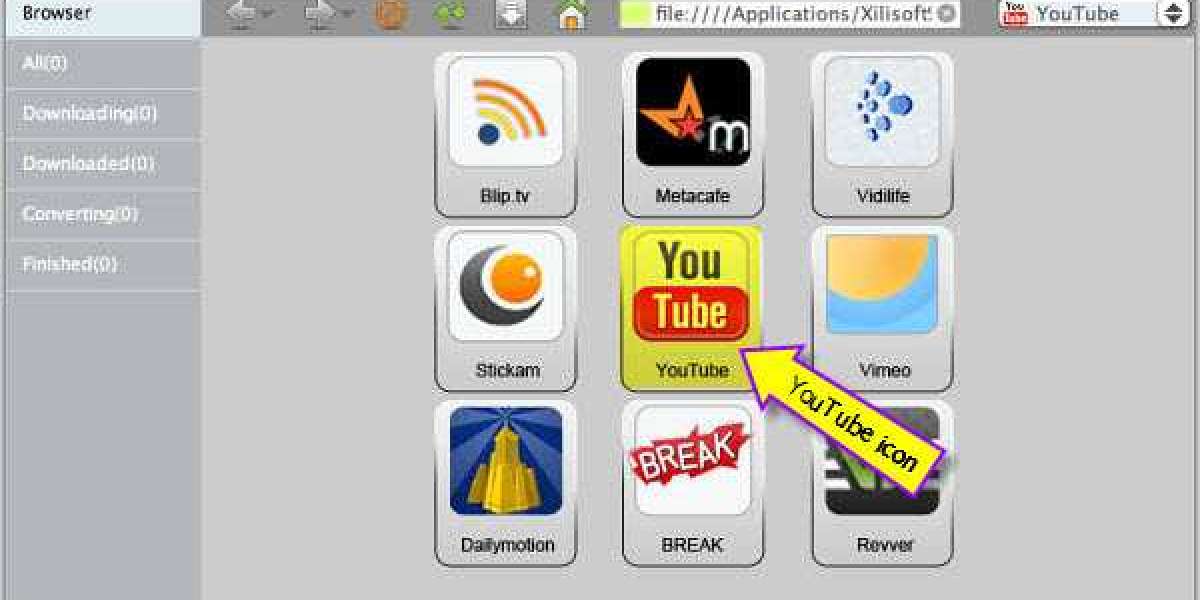Decentralized Finance (DeFi) has revolutionized the financial landscape by eliminating intermediaries and enabling peer-to-peer transactions. DeFi lending, a significant component of this ecosystem, allows users to lend and borrow cryptocurrencies without relying on traditional financial institutions. This article will explore the intricacies of developing a DeFi lending platform similar to MakerDAO, a pioneer in the space.
Overview of MakerDAO
MakerDAO is a decentralized autonomous organization (DAO) that operates on the Ethereum blockchain. It enables users to borrow the Dai stablecoin against collateral in the form of Ether (ETH). MakerDAO's innovative use of smart contracts and its governance model has made it a benchmark in the DeFi lending industry.
Importance of DeFi Lending Platforms
DeFi lending platforms provide accessibility, transparency, and security, transforming how we think about financial services. With billions of dollars locked in DeFi protocols, these platforms are driving the next wave of financial innovation. Understanding how to develop such a platform is crucial for anyone looking to enter this dynamic field.
How DeFi Lending Platforms Work
The Basics of DeFi Lending
At its core, DeFi lending allows users to deposit cryptocurrencies into a pool, which can then be borrowed by others in exchange for interest. The entire process is governed by smart contracts, ensuring transparency and eliminating the need for third-party intermediaries.
The Role of Smart Contracts
Smart contracts are self-executing contracts with the terms of the agreement directly written into code. In DeFi lending, these contracts automatically enforce the rules and conditions of lending and borrowing, ensuring that transactions are secure and trustless.
How MakerDAO Facilitates Lending
MakerDAO's platform uses a dual-token system involving MKR (governance token) and DAI (stablecoin). Users can lock ETH as collateral to generate DAI, which can be used or traded while their ETH remains locked in the system. This mechanism ensures that loans are always over-collateralized, reducing the risk of defaults.
Key Components of a DeFi Lending Platform
Smart Contracts
The backbone of any DeFi lending platform, smart contracts automate the lending process, manage collateral, and ensure compliance with the platform’s rules. They are coded to execute specific functions like liquidation or interest calculation without human intervention.
Collateralization Mechanism
Collateralization is essential in DeFi lending to mitigate risk. Users must deposit assets worth more than the amount they wish to borrow, ensuring that the loan is backed by sufficient collateral. MakerDAO, for instance, requires a collateralization ratio above 150% to safeguard against volatility.
Governance Tokens
Governance tokens like MKR in MakerDAO play a pivotal role in decentralized decision-making. Token holders can vote on key issues, such as adjustments to the protocol, interest rates, and collateralization levels, ensuring that the platform evolves according to the community's consensus.
Decentralized Oracle Systems
Oracles are crucial for providing smart contracts with real-time data, such as the price of collateral assets. Decentralized oracles ensure that the data is accurate and tamper-proof, which is vital for maintaining the integrity of the lending platform.
Steps to Develop a DeFi Lending Platform
Ideation and Planning
Begin by defining the purpose and scope of your platform. Consider the target audience, the types of assets to be supported, and the unique value proposition that sets your platform apart from competitors.
Choosing the Blockchain Platform
Select a blockchain platform that aligns with your project’s needs. Ethereum is the most popular choice due to its robust ecosystem and smart contract capabilities, but alternatives like Binance Smart Chain or Solana may offer lower fees and faster transactions.
Developing Smart Contracts
The development of smart contracts is a critical step. These contracts should be meticulously coded to handle all aspects of the lending process, from collateral management to loan repayment. It’s advisable to conduct thorough testing and code audits to ensure security.
Building the User Interface
A user-friendly interface is essential for the success of your platform. Design a UI that is intuitive and accessible, allowing users to easily navigate the platform, manage their assets, and interact with smart contracts.
Integrating Oracle Systems
Integrate a reliable decentralized oracle to feed real-time data to your smart contracts. This step is crucial for accurate collateral valuation and to ensure that loans remain adequately collateralized.
Testing and Auditing
Thorough testing and auditing are paramount to ensure the security and functionality of your platform. Engage third-party auditors to review your smart contracts and conduct multiple rounds of testing to identify and fix any potential vulnerabilities.
Legal and Regulatory Considerations
Understanding Regulatory Requirements
Navigating the regulatory landscape is one of the biggest challenges in DeFi. It’s important to understand the legal requirements in different jurisdictions, including KYC (Know Your Customer) and AML (Anti-Money Laundering) regulations.
Ensuring Compliance with Financial Laws
Ensure your platform complies with existing financial laws to avoid legal complications. This might involve incorporating a governance framework that adheres to global regulatory standards, which could include identity verification and transaction monitoring.
Managing Risks in a Decentralized Environment
Decentralized platforms are not immune to risks. Develop a comprehensive risk management strategy that addresses potential issues like smart contract failures, market volatility, and regulatory changes. This strategy should include contingency plans and insurance mechanisms where feasible.
Case Study: MakerDAO
MakerDAO’s Approach to DeFi Lending
MakerDAO’s success lies in its robust design and innovative use of smart contracts and governance tokens. By allowing users to generate DAI against their ETH collateral, MakerDAO has created a self-sustaining ecosystem that operates without intermediaries.
Successes and Challenges of MakerDAO
While MakerDAO has been a trailblazer in the DeFi space, it has also faced challenges, such as managing liquidity during market downturns and dealing with regulatory scrutiny. Despite these challenges, MakerDAO continues to be a leading force in DeFi lending, setting a standard for others to follow.
Future of DeFi Lending Platforms
Emerging Trends in DeFi
The DeFi space is rapidly evolving, with new trends like Layer 2 scaling solutions, cross-chain interoperability, and decentralized identity systems gaining traction. These innovations are likely to shape the future of DeFi lending, making it more efficient and accessible.
The Potential of Cross-Chain Lending Platforms
Cross-chain lending platforms, which allow users to lend and borrow assets across different blockchains, represent a significant advancement in the DeFi space. These platforms could offer greater liquidity, reduced fees, and enhanced security compared to single-chain solutions.
7.3 How AI and ML Could Impact DeFi Lending
Artificial Intelligence (AI) and Machine Learning (ML) have the potential to revolutionize DeFi lending by enabling more sophisticated risk assessments, dynamic interest rates, and personalized lending products. These technologies could lead to more efficient and tailored financial services


